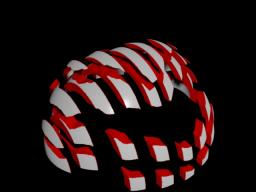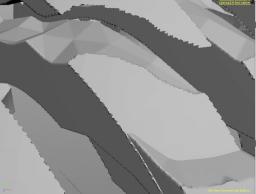Search the Community
Showing results for tags 'open VDB'.
-
Hi all! I've been having a look into using the Open VDB tools for fracturing geometry. While the idea of using volumes seems really promising, giving good control over the fracture pattern and detail, I'm currently running into some issues. I'm not sure whether it's because my approach to it is wonky, I'm setting it up wrong or what. The workflow I'm going for is the one described by Peter Claus in this thread which will . The basic workflow I've come up with is to: Create VDB representations of the object, one low resolution for the simulation and one high resolution for rendering. Fracture both using the vdb fracture node and the same cutting geometry. Convert back to polygons. Simulate the low res and then apply the transforms to the high res geometry (tbd ) As a hip file is worth a thousand words I've attached a basic scene showing this setup. The basic idea works well, however are really two issues I'm running into: Seams: the fractured high resolution geometry ends up with pretty unpleasant seams when converted back to polygons for rendering. This is exacerbated when using the groups output by convert VDB to shade the interior differently from the exterior. I've tried using the VDB smooth SDF, mainly resulting in undesirable eroding (but smoother) in the areas around the seams. Resolution: Largely as a result of attempting to get clean edges the high resolution geometry is really high resolution. This becomes an issue both when when converted back to polygons and also slows rendering down as well (not to mention the memory overhead). As a brief aside, I'm having to convert the volumes back to polygons rather than a poly soup as the output pieces from the vdb fracture node, are separated by the slice not connectivity and thus I need to rebuild them using a connectivity sop afterwards. Not sure if I've missed an option and there might be a better way of doing this. What I'm aiming to end up with is geometry with cleaner edges edges and ideally the seam/surface groups that the poly convert outputs. I'd be grateful if anyone could point me in the right direction with regards to fixing the seams. Also, in a more general sense, I'm curious as to how others have approached volume fracturing, and if there is some alternative way of getting better results or a different way of approaching fracturing the geometry? Thanks, Julian vdbFractureWorkflow.01.hipnc


